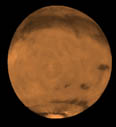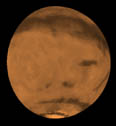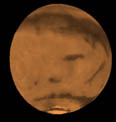Masahito Niikawa (280mm SC, Digital still camera Minolta DimageEx1500)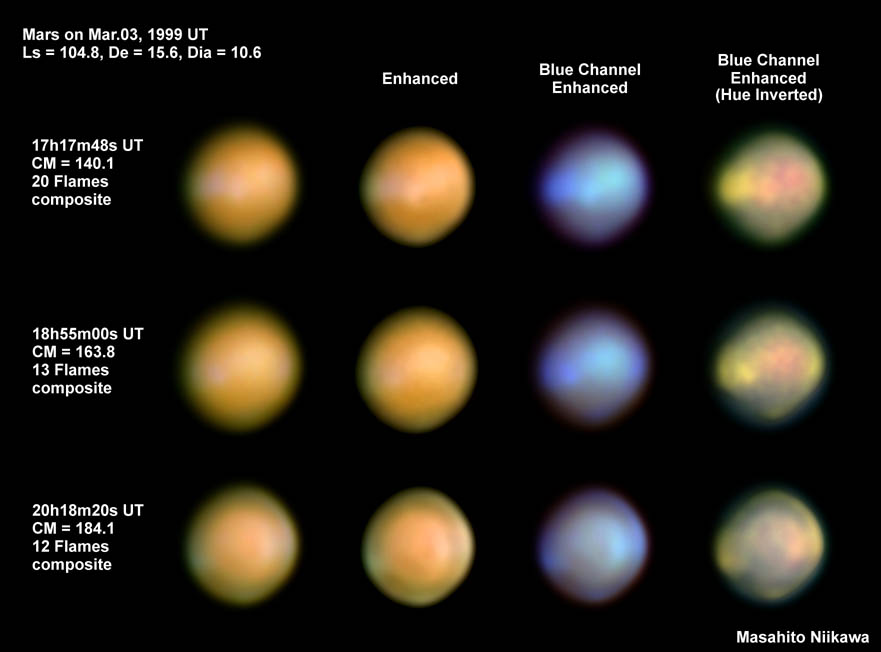 1999/03/03 Ls = 104.8, De = 15.6, Dia = 10.6" Seeing: 3-5/10 Transp.=2/10 17h17m48s(UT), CM = 140.1, 20 Flames composite 18h55m00s(UT), CM = 163.8, 13 Flames composite 20h18m20s(UT), CM = 184.1, 12 Flames composite |
| ||
Telescope : C11 (SC) D=280mm fl=2800mm
Camera : Minolta DimageEx1500 Digital Camera
taking lens removed
Effective F No.: 100 (Or7mm Eyepiece Projection)
Filter: IR cut & Lowpass built-in the camera
Obs.site : Mozuhonmachi Sakai-City Osaka Japan
Exposure : 1/4 sec
Image Processing:
|
||
今日の火星(安達 誠)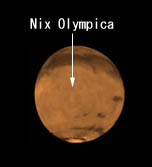 実に見事に低緯度地方のベルト状の雲が捉えられています。大きく3つある明るく白い部分はいずれも雲に当たります。特に中央に位置する白い斑点状の部分はNix Olympia(オリンピア山)に相当します。火星の北半球の季節は春から夏にかけての季節に相当しますが,このあたりの季節では北半球の低緯度地方に雲が出ることが普通で,今回の観測はその予報を確認できたといえます。
実に見事に低緯度地方のベルト状の雲が捉えられています。大きく3つある明るく白い部分はいずれも雲に当たります。特に中央に位置する白い斑点状の部分はNix Olympia(オリンピア山)に相当します。火星の北半球の季節は春から夏にかけての季節に相当しますが,このあたりの季節では北半球の低緯度地方に雲が出ることが普通で,今回の観測はその予報を確認できたといえます。
| ||
 月惑星研究会関西支部のHomePageへ戻る
月惑星研究会関西支部のHomePageへ戻る  火星セクションへ戻る
火星セクションへ戻る
